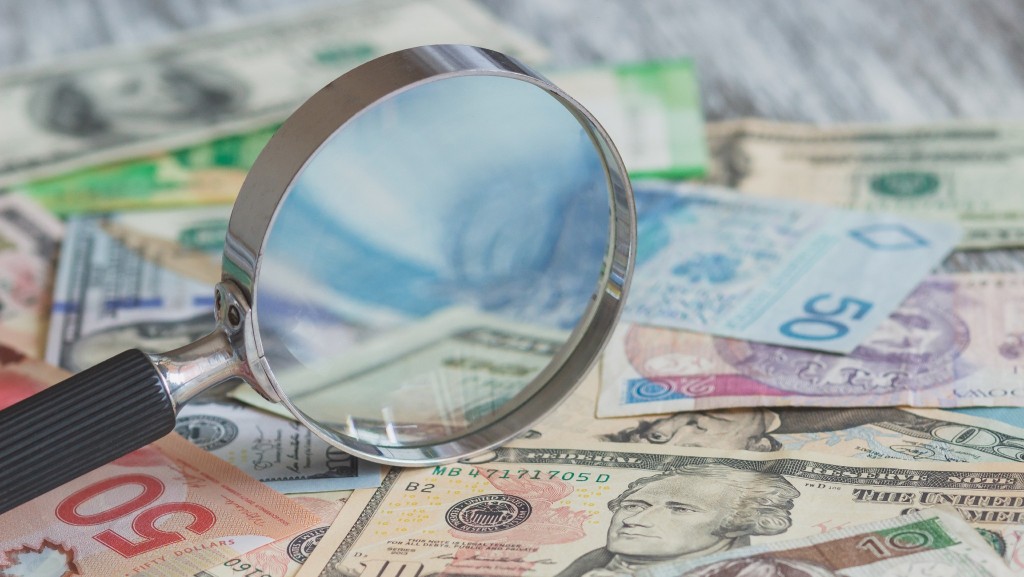
For years, Canada has been slow to adapt to the age of recycling. 86 percent of Canada's plastic waste ends up in landfill and only around nine percent is recycled, according to a recent report for the government.
Companies creating recycled packaging products are normally aware that tax incentives for innovation are available from the government, but are often confused about what sort of work qualifies.
One of the key things to keep in mind is that qualifying activity doesn't have to be completely new. As long as a business is developing an improvement to an existing product or process, which isn't obvious, then that work is likely to count.
Tax incentives available in the recycling industry
The Scientific Research & Experimental Development (SR&ED) program is an important tax incentive scheme promoting innovation in all industries. Despite its importance, it is still routinely overlooked by businesses in the recycling and sustainable products sector. This is mainly due to "lab coat syndrome" which means managers are paralyzed by a preconception only the scientific community need apply.
This tax incentive allows businesses to claim back up to 41.5 percent of expenses incurred on R&D. This is a combination of federal and provincial incentives and it varies by province.
The government has been very careful not to exclude any sector, hoping that by doing so it would encourage more businesses to think about innovation. As a result, the rules are actually very generic and can apply universally. Companies can even claim on contractor costs too, so long as it is directly related to R&D activity.
These are the key criteria that recycling professionals can use as a guideline when considering what work qualifies for SR&ED:
- Does the work further technical knowledge or create advancement in the industry?
- Does the work overcome scientific or technological uncertainties?
- Is the work you are doing something, by design, that other people would find hard or not obvious
- Perhaps the work follows a methodical process as scientific or technological uncertainties are resolved over time.
What work qualifies and what evidence is required?
Not every cost associated with R&D qualifies. The main qualifying expenses include staff costs, raw materials, salaries, as well as payments to contractors and third parties.
Li-Cycle, the largest lithium-ion battery recycling company in North America, is one example of a company that is using innovation to benefit society and the environment. Li-Cycle's recycling methods are making sure end-of-life batteries are a resource and do not end up purely as waste in landfill. It is highly likely that the work they are doing in Canada will be eligible for SR&ED tax incentives.
Companies such as the Merlin Plastics Group, which is a founding member of the Canada Plastics Pact (CPP), encourages innovation to help make the plastics industry a part of the circular economy. The CPP supports efforts made by businesses to ensure that all plastic packaging is designed to be sustainable. Efforts made in this sector to make plastic reusable, recyclable or compostable will almost certainly be eligible for tax incentives.
Holding onto key paperwork is crucial. There's nothing more frustrating than being unable to claim because the paper trail has been lost, and the CRA is very strict on supporting evidence.
Having receipts won't necessarily be enough. All qualifying expenses must be shown to have been incurred directly in relation to the R&D activity. For example, the salary of a member of staff that has been involved in a project that qualifies, but spent half their time on non-qualifying work, can't be claimed in its entirety. Firms must keep proper records and this is best done as the project progresses. The more accurate the records, the higher the benefit.
Fortunately, for businesses that weren't aware of the SR&ED program, they can claim up to 18 months after the tax year in which the innovation took place, so there is a good chance that if you didn't know about the scheme before, you could still claim substantial amounts.
This article was submitted by Catax Canada.





